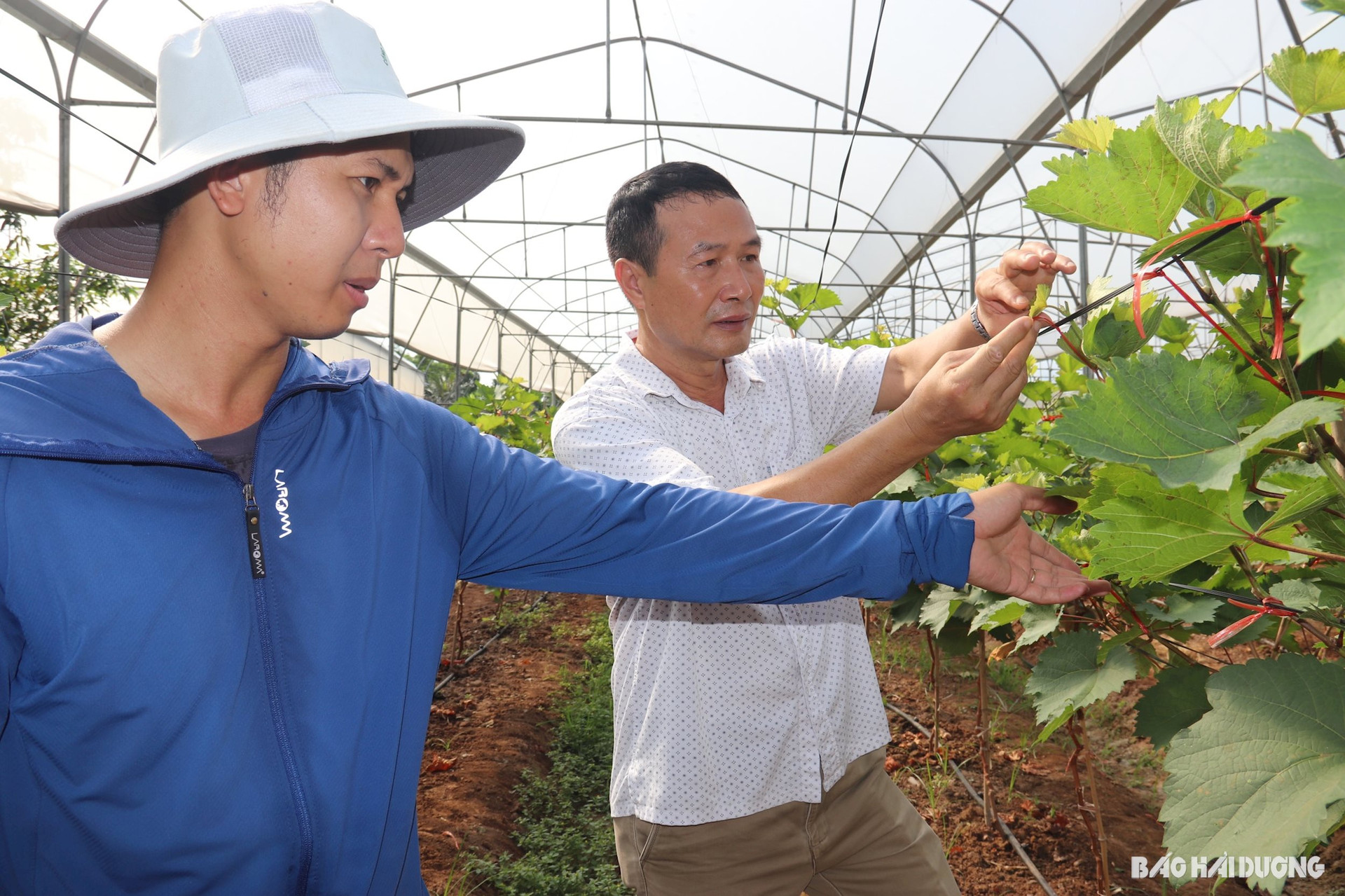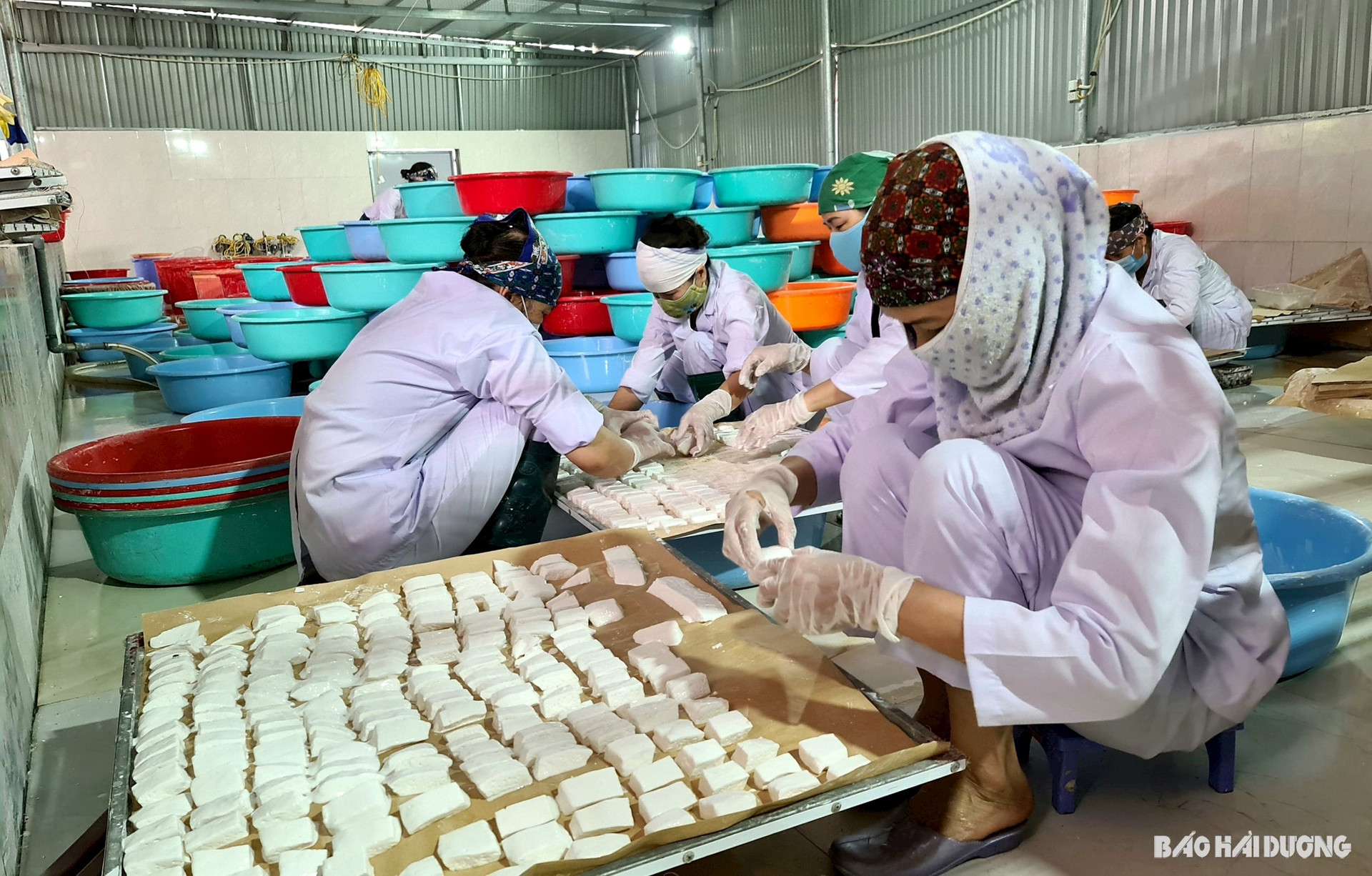Cooperatives adapt to green consumption trend
Many cooperatives in Hai Duong province have been catching up with the green consumption trend by changing production methods to improve their efficiency, position, and competitiveness in the market.

Au Viet Farm Cooperative in Kim Thanh district, Hai Duong province has always sought measures to adapt to market needs since establishment years ago.
It has 3 ha of net houses for cultivation of cantaloupes under VietGAP standard and 3,500 m2 of 1,000 ha den and Korean milk grapevines.
The cooperative also grows high-quality vegetables like bell peppers, cucumbers, and tomatoes in the winter season.
“Our strength is organic production, with strict control from seeds to harvest,” said director of the cooperative Bui Van Duy.
“Even pesticides are organic ones, which are environmentally friendly and harmless to users.
“As a result, the quality of our vegetables and fruits is guaranteed and trusted by consumers.”
Thanh Nhan Clean Agricultural Product Cooperative in Kinh Mon provincial town has built workshops and drying warehouses and purchased equipment for production under VietGAP standard.
All production areas are arranged adjacent to each other to form a closed, cyclical production line.

The cooperative’s kudzu powder production workshop is the most modern one in Kinh Mon.
Thanh Nhan-branded kudzu powder has so far got a solid foothold in the market. It was recognized as a three-star OCOP product by the provincial People’s Committee in 2020 and honored as a typical agricultural product in 2022.
Coco Food Agricultural Product Chain Linkage Cooperative clearly understands the meaning and benefits of clean production thanks to four years of engagement in the "Production-Processing-Consumption" chain linkage.
The cooperative has built four facilities providing safe food for Hai Duong and has started expanding to Ha Noi, Hai Phong, and Bac Ninh.
The provincial Cooperative Alliance suggested that cooperatives continue to innovate their thinking from agricultural production to agricultural economy, focusing on improving value, efficiency, and diversity in value chains in accordance with market requirements to pursue the goal of building green agriculture.
The alliance also recommended cooperatives to synchronously apply processes and technology, rationally and economically use input materials for agricultural production, and effectively utilize natural resources without affecting the environment and human health.
DO TRAN
